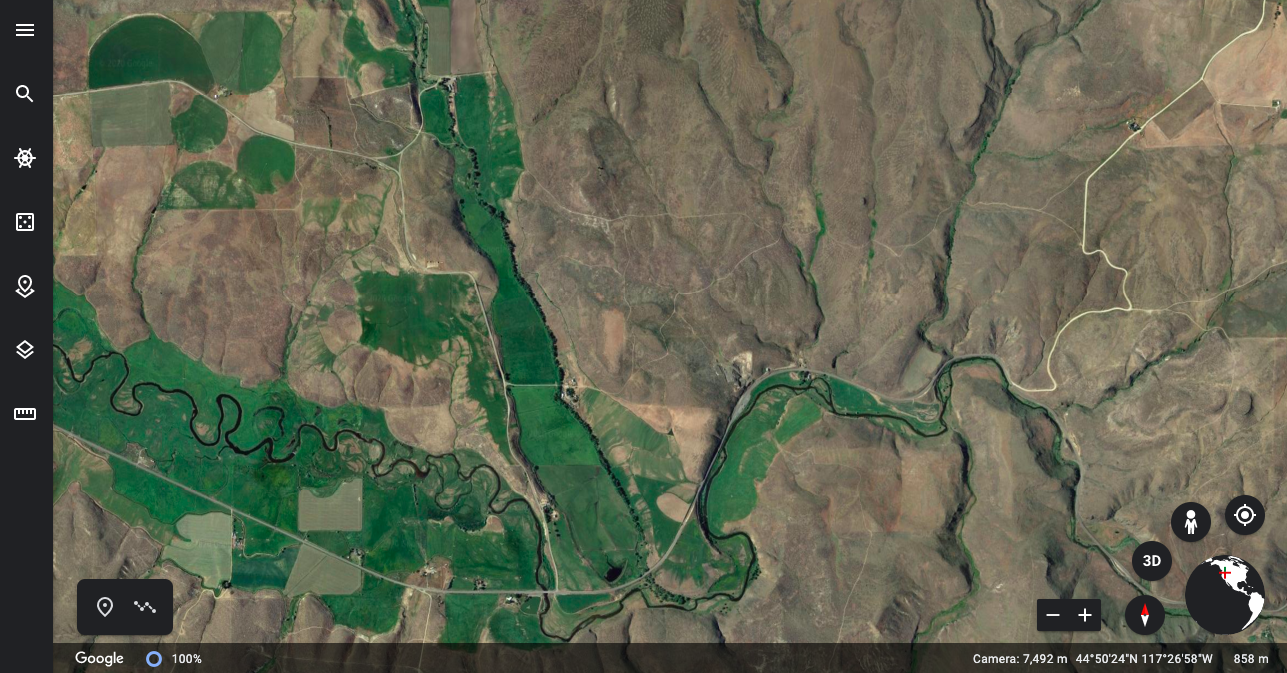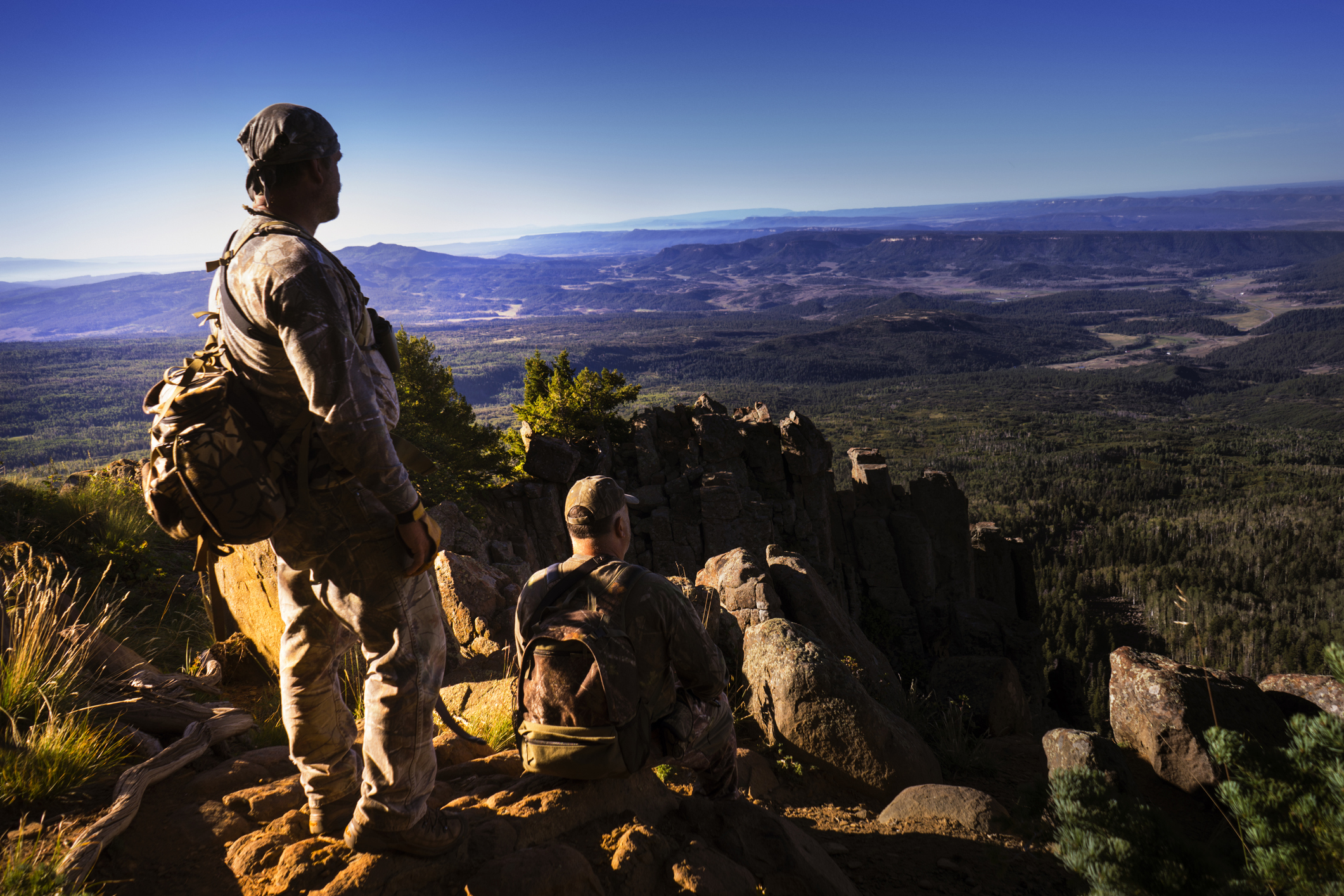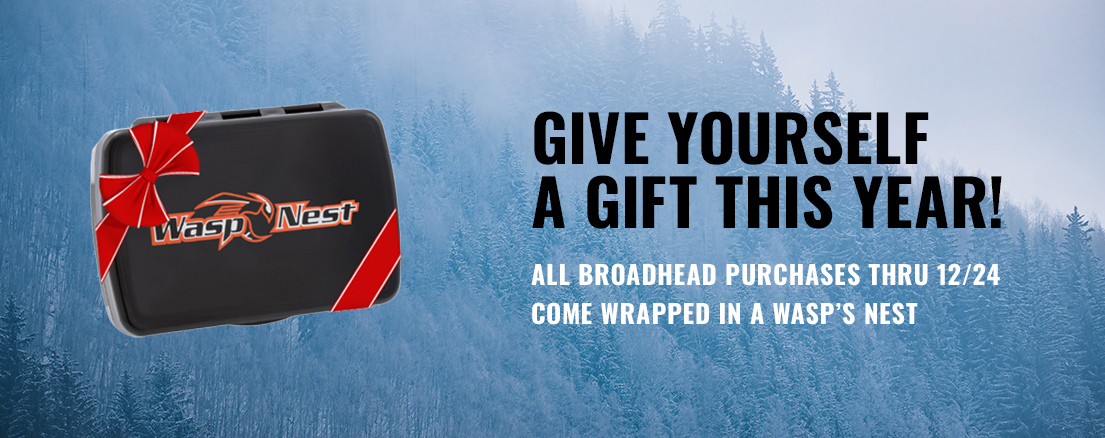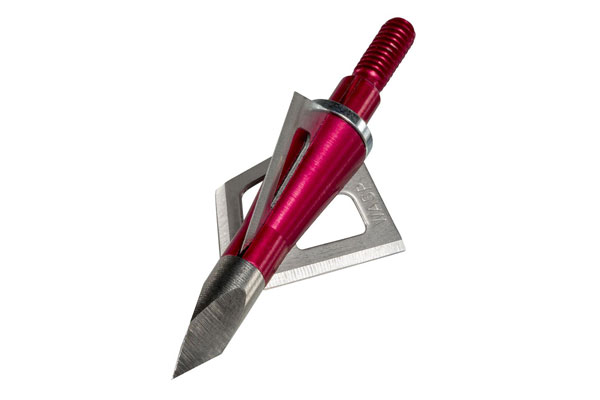How to plan an epic out-of-state hunt
In most parts of the country, turkey season has already wrapped up or will be very soon. Sure, there’s plenty of fishing to be had over the summer months, but for many of us hunters, we just can’t seem to scratch that itch to get back out there, no matter what we try.
One thing we’ve found that helps is to use this time to plan out your next adventure. Thinking ahead like this is a great way to distract yourself from the current state of the world, while also giving you something exciting to look forward to come fall.
Though some of you out there may find planning to be fun, we’re betting the majority of you have put off the trip of a lifetime simply to avoid this tedious, overwhelming process. If that sounds like you, then we’re here to tell you that it’s not nearly as complicated as you might think.
Without further ado, here are some simple tips to help you plan your first out-of-state success story.
Determine your type of hunt
Your entire trip will ultimately revolve around what you aim to hunt. Are you dreaming of whitetail in the Upper Midwest? Or are the elk, mule deer, or pronghorn of the mountainous western states calling your name? While there is always the chance of a combination hunt, more than likely you’ll need to pick your preference and stick with it.
Next, you’ll need to answer a few more key questions about what kind of hunt you want to have.
- Will you book through an outfitter or go it on your own?
- Do you want to do a backpack hunt or a more traditional camp and day hunt?
- Are you looking to use a rifle or a bow? (This one’s a no-brainer for us.)
These decisions can significantly impact the rest of your plans, so the earlier you make them the better.
Choose a state
By having your desired game in mind, you’ve likely already narrowed down your list of states to around a handful or less. If you don’t already have a frontrunner, this is when you need to buckle down and do your research.
Here are a few things to consider:
- Distance from your home state: Doubling your travel time might not be worth only slightly better prospects.
- Population size: You may be drawn to the state with the largest herds, but just know that these states will likely also have the most competition from other hunters thinking the same thing.
- What kind of tags are offered: Many states offer over-the-counter (OTC) tags, which means you can simply show up, buy a license, and start hunting. Unfortunately, some of the more desirable ones will require a lottery system, sometimes forcing you to wait several years before being drawn.
- The amount of public hunting land: Unless you have a rich friend or family member with a sizable plot of land, you’re going to need to find good public land to hunt on. Some states have much more than others, which will give you plenty more options to choose from.
Whichever state you choose, make sure you do your research first, as rules, regulations, and seasons can vary greatly from state to state. Remember, you are the guest, which means it’s your job to familiarize yourself with the local customs.
Scout specific locations
This is where things can get a bit overwhelming but is arguably the most important step in the entire process. You don’t want to go in blind and find yourself wandering around aimlessly in unfamiliar terrain. If you have the time, money, and vacation days saved up, traveling there ahead of time to get in some good-old-fashioned boots-on-the-ground scouting is going to be by far your best bet.
Unfortunately, many of us won’t have that luxury, so we need to get a little more sophisticated with our scouting. To help you home in on more specific areas, Google Earth is going to be your new best friend. If you know what to look for, these zoomed-in satellite images can help you spot feeding and bedding areas and other lucrative honey holes that may have taken you days to find on the ground.

That said, you shouldn’t discard the more traditional methods. Topographical maps can still provide plenty of added information on the region. Don’t be shy about picking up the phone and calling a local game warden or biologist either, as they can often provide you with population estimates and the best access points to use.
You can also join the discord on your online hunting forum of choice. Most hunters are good people who are more than willing to share some invaluable intel, provided you did a bit of research ahead of time and don’t rub them the wrong way.
Whip yourself into shape
Now that the bulk of your planning is out of the way, you should make sure you’re mentally and physically prepared for what’s to come. Ask any experienced guide what their biggest pet peeve is, and they’ll tell you it’s clients who can’t keep up. Luckily, you have plenty of time to make sure you’re not that guy.
Make sure your regimen consists of more than just a few measly chores or walks around the neighborhood. You don’t want to be caught huffing and puffing when your golden opportunity finally presents itself. This can be especially true for the higher altitude and more uneven terrain you’ll find out west.
You’ll also want to you train your skills for the particular situation. If you’re used to shooting targets from a stand at 20 yards out, you’ll certainly have your work cut out for you. Spot and stalk hunting will require you to shoot from more uncomfortable positions and from much farther away, so make sure you practice these kinds of shots before you head out.
Make it happen with a little help from Wasp
There you have it. Once your plans are in place, all that’s left to do is pack your gear and count down the days. If you don’t want to come back empty handed, make sure you bring the world’s deadliest broadheads along for the ride. Shop our precision tips today and experience the difference the best can make.
View All Posts

